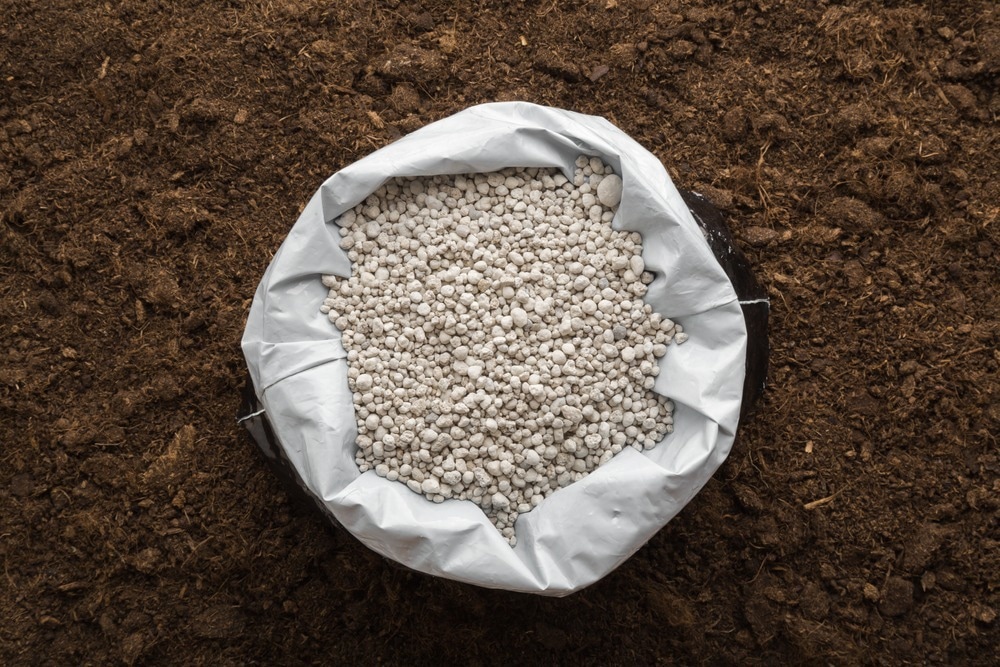Nitrate, the primary nitrogen-containing contaminant in farming and urban wastewater, is derived from industrial emissions and the biological nitrogen cycle. Recycling nitrogen from nitrate-polluted effluent for ammonia synthesis is a viable technique for reducing pollution hazards while also fostering socioeconomic stability.

Study: Electrochemically reconstructed copper-polypyrrole nanofiber network for remediating nitrate-containing water at neutral pH. Image Credit: FotoDuets/Shutterstock.com
A pre-proof article from the Journal of Hazardous Materials describes the development of an in-situ electrochemically rebuilt Polypyrrole-Copper (PPy-Cu-E) nanofiber system for converting nitrate to ammonia in a simple ammonia synthesis method using a neutral electrolyte (pH = 7.5)
Nitrate Remediation Approaches: Overview and Limitations
Nitrate pollution from cultivated soil or industrial activity can upset the normal nitrogen cycle, endangering the biophysical ecosystem and public health. To remove nitrate from the environment, both physical and biological methods are utilized.
Despite technical advancements in the physical-based approaches, it is still a significant challenge to effectively separate negatively charged nitrate from blended salt effluent, making the recovery elements such as sulfate and chloride in their pure state extremely difficult.
In recent decades, there has been a lot of interest in converting nitrate to innocuous nitrogen gas utilizing biological methods. However, the sluggish activity of bacteria during the ammonia synthesis process greatly limits the use of biological techniques in highly saturated nitrate effluent.
Reduction of Nitrate Containing Wastewater for Ammonia Synthesis
As a useful nitrogen resource, ammonia is important for the manufacturing industry. This is because of ammonia's high-power density and low emissions, making it a perfect energy transporter.
Ammonia synthesis is currently based on an established process known as the Haber-Bosch technique, which operates only at high temperatures (300 to 500 °C) and pressures (200 to 300 bar). Simultaneously, the hydrogen needed in the Haber-Bosch method is typically generated by natural gas, which emits a large quantity of carbon dioxide, causing considerable ecological damage.
With the increasing need for ammonia in societal production, employing water as a hydrogen source to reduce nitrate for ammonia synthesis has piqued the curiosity of several researchers. Because ammonia can be easily extracted from a nitrate-containing solution using techniques such as air stripping, electrocatalytic nitrate conversion to ammonia is viable for nitrate remediation.
Challenges Associated with Nitrate Reduction and Ammonia Synthesis
The intricate nine protons and eight electrons transport procedure during nitrate reduction processes severely limits the efficiency and yield rate of the ammonia synthesis. Furthermore, contaminated nitrate wastewater is usually acidic in nature, while a neutral electrolytic solution is more practicable in industrial processes.
Copper-based catalysts have been extensively explored for electrocatalytic nitrate reduction because of their strong nitrate absorption capacity, customizable electronic structure, and potential to suppress the hydrogen evolution process. However, present approaches suffer from very low ammonia output rates in neutral settings.
In this context, enhancing the electronic composition of copper-based substances to accelerate electron transport might be a valuable method for boosting the performance of nitrate reduction processes and ammonia synthesis.
Improving the Efficiency of Nitrate Reduction Reactions
Polypyrrole (PPy) is a highly conductive polymer widely utilized as a cathode substance owing to its strong electrical conductance and penetration. The coupling of PPy with metallic catalysts, such as copper, allows for a higher catalytical contact area and increased active sites as opposed to conventional alloy catalysts.
Adding PPy to the copper-based catalyst structure enhances the catalyst's electrocatalytic capabilities by increasing the interface area between the catalysts and nitrate, altering the electron transmission mode, and immobilizing hydroniums to supply protons in the neutral reduction system.
The researchers in this work created a conductive polymer-metallic hybrid (PPy-CuO) for converting nitrate to ammonia, utilizing a straightforward ammonia synthesis technique while keeping the factors above in mind. The electrostatic contact between positively charged PPy and negatively charged nitrate allows the as-prepared PPy-CuO to draw nitrate to its conducting matrix.
Key Developments of the Study
Throughout the electrocatalytic nitrate reduction process, in-situ repair of PPy-CuO was accomplished by combining affordable copper metal with positively charged PPy. The reconstruction increased the polymer-metallic composite's (PPy-CuO) active surface area, resulting in more rebuilt copper active sites for ammonia synthesis.
The developed electrocatalytic system demonstrated consistent and efficient effectiveness for ammonia synthesis by using actual electroplating effluent as a catholyte. As a result, the presented system offers a viable technique for recovering nitrogen from nitrate-polluted wastewater and demonstrating how to make an effective electrocatalyst for ammonia synthesis in neutral electrolytes.
Reference
Li, Z. et al. (2022). Electrochemically reconstructed copper-polypyrrole nanofiber network for remediating nitrate-containing water at neutral pH. Journal of Hazardous Materials. Available at: https://doi.org/10.1016/j.jhazmat.2022.129828
Disclaimer: The views expressed here are those of the author expressed in their private capacity and do not necessarily represent the views of AZoM.com Limited T/A AZoNetwork the owner and operator of this website. This disclaimer forms part of the Terms and conditions of use of this website.